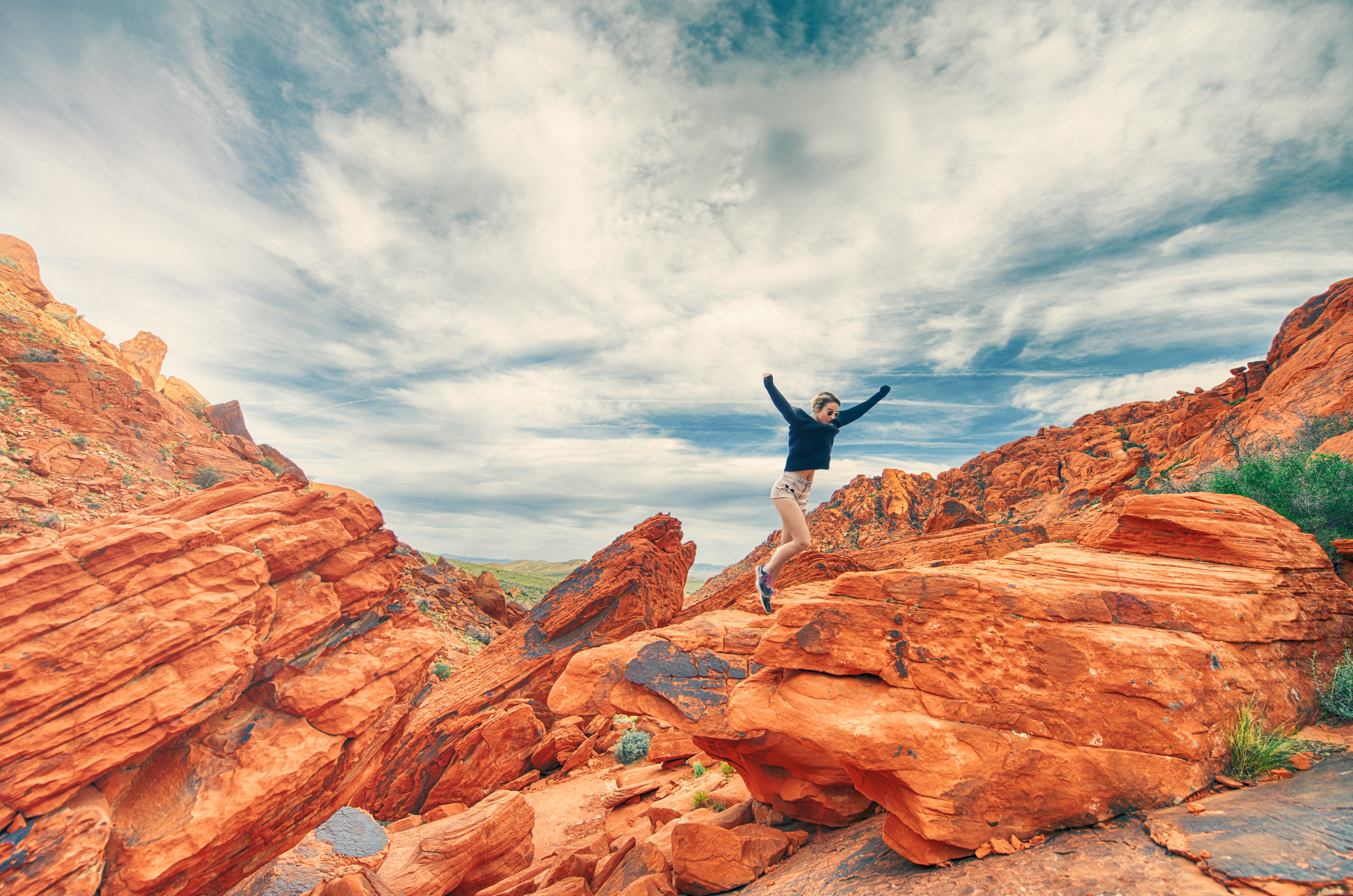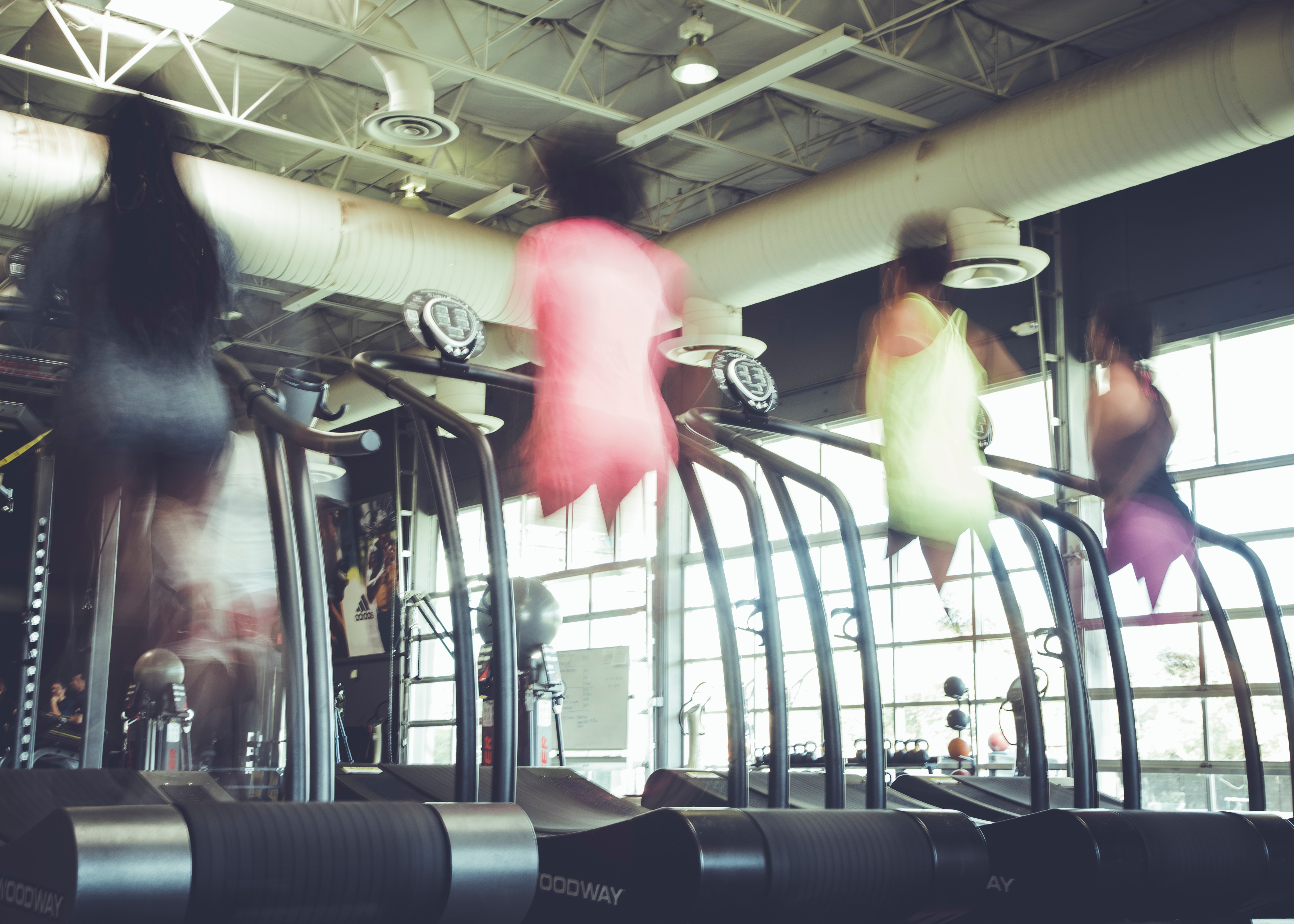It’s getting to be that time of year where the sunrises and sunsets are beautiful, but the weather gets cold and the days grow short. Usually when there are less hours in the day, people want to get inside sooner. When it’s dark and cold, we must do things to keep warm, which usually means staying inside our cozy homes. This change of season can put a damper on dietary decisions. In addition, “comfort food” is a popular culinary trend that can lead to detrimental effects on our dietary and fitness efforts. Nutritional awareness can be haltered by the need to get out of the dark, cold nights.
Who wants to go to the store after an hour-long commute in the dark? Staring at headlights on the way home from a long commute on the highway in the nighttime can be enough to make anyone go stir crazy. When it comes to food decisions, that last thing we want to do is go to the store. A quick fix solution we hear from our personal training clients in Napa is going to the local Trader Joe’s or Whole Foods to get a premade salad, microwaveable dinner, or get something ridiculously over-priced at the hot food bar. If anyone has ever gone through the Bel-Aire plaza at rush hour to go to Target, Trader Joe’s or Wholefoods in Napa during rush hour after work, you will start to relate to feel like you are in a can of sardines. This parking lot that has many grocery store needs. However, the problem is that half the town of Napa goes here all at once after their long, strenuous days of work. Add in the cold, wet, dark climate of the winter season, we have contributing factors to increased stress coming home from work. This increases the desire to get the day over with and neglect awareness of healthy foods.
An issue to daylight savings time is the lack of sunlight we experience while losing an hour throughout the day. Nightfall occurs as soon as 4:30 PM. Our bodies naturally want to slow due to lack of sunlight and decreased temperature. Lower physical activity leads to lack of motivation to adhere to healthy food decisions. Take out food such as Chinese food or pizza delivery are popular options because making food is not required. It’s made for you in a matter of seconds and the effort from your end is all based on the payment you give to acquire this food. While this is convenient and alleviates having to go to the store and make you own food, takeout and delivery usually offer ingredients that are detrimental to our life time fitness efforts. Additionally, the hot food bar at Whole Foods does have healthy salad and veggie options. However right beside the salads are “comfort” foods such as mashed potatoes, rice, enchiladas and other easy to acquire foods that will wreak havoc on your metabolism.
What can we do about this shunt of energy that is created by this aggressive change of climate in the upcoming day light savings time and winter weather?
A solution that we offer to our clients is to apply the weekly tactic of going shopping for foods that can last in the fridge once per week. Planning weekly grocery trips to acquire hearty fall veggies that can stay fresh in the fridge are great options to have in your inventory to create healthy dinners. Fall vegetables such as carrots, butter nut squash, and Brussel sprouts can last in the fridge for a few days. More importantly, creating a healthy meal out of these veggies takes just a little bit of effort and is an easy clean up. In addition to purchasing veggies once a week, we suggest purchasing proteins once per week such as fish, chicken and eggs. Eggs are a convenient source of protein that can be utilized at breakfast or dinner and can hang out in the fridge for a weeks’ time. Storing meat in Ziplock bags in the freezer and taking them out to thaw the night before is another efficient technique to ensure that healthy food options are readily available.
An easy dish that we recommend is chopped onions, garlic and carrots drizzled in olive oil. Wrap this medley up in some tin foil, sprinkle salt and pepper on it, and let it roast at 450 degrees for 30 minutes to produce a healthy tasty meal. In addition, you can put some fresh fish drizzled with olive oil and seasoned in parchment paper at the same time the veggies are in the oven. Before you know it, you have a healthy, balanced dinner that is easy to clean up and ready to consume. The time it takes to create this dish versus the energy it takes to get takeout or wait for a delivery pizza equals out to be the same, if not less time.
So why go through all the hardships of running to the store after a long day of work in this change of season? Perhaps we can embrace the warmth of the inside of our house while using the oven and still support life time fitness with a little bit of planning and nutritional awareness in this change of season.
Sean McCawley, the founder and owner of Napa Tenacious Fitness in Napa, CA, welcomes questions and comments. Reach him at 707-287-2727, napatenacious@gmail.com or visit the website napatenaciousfitness.com.










